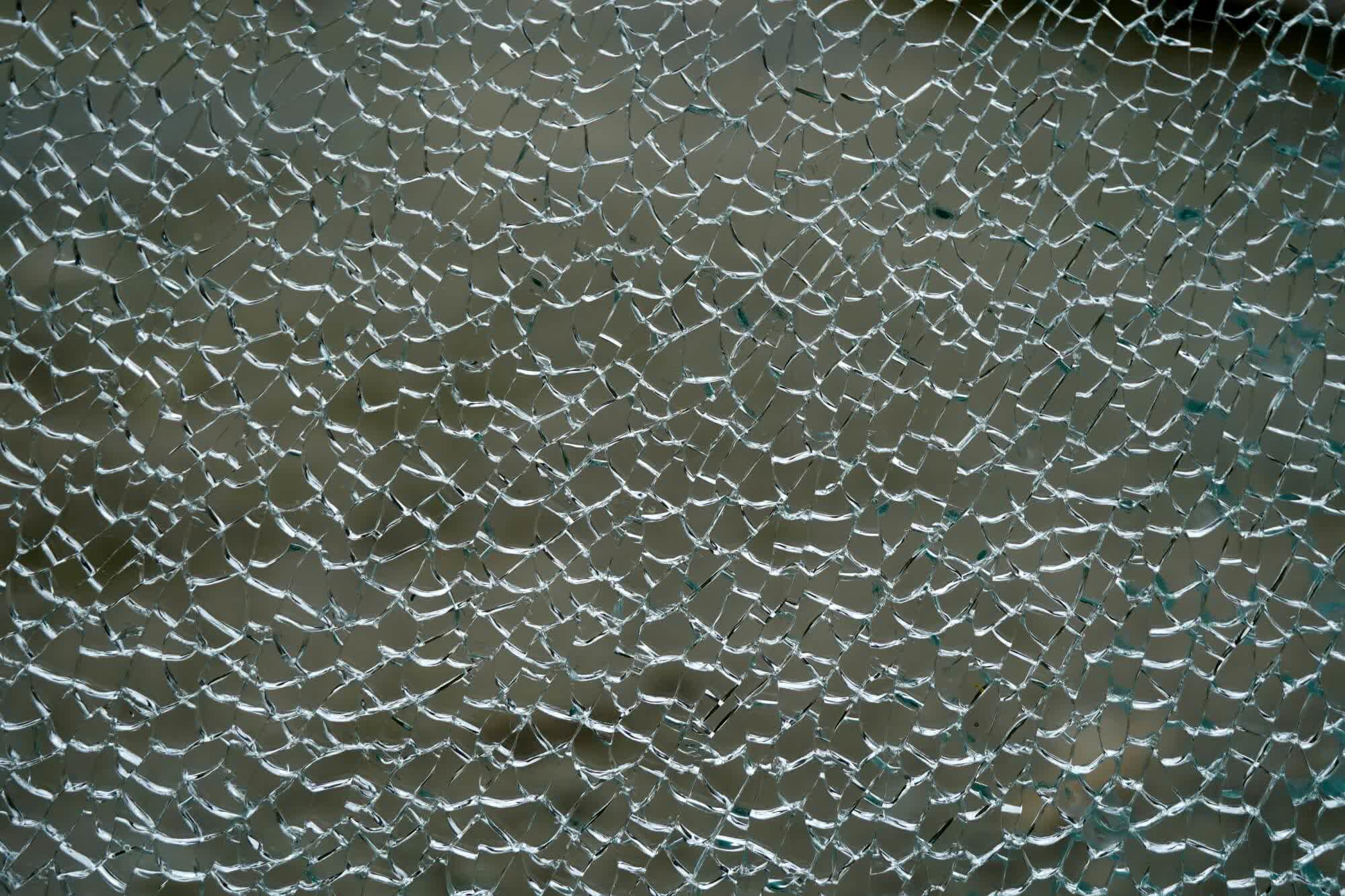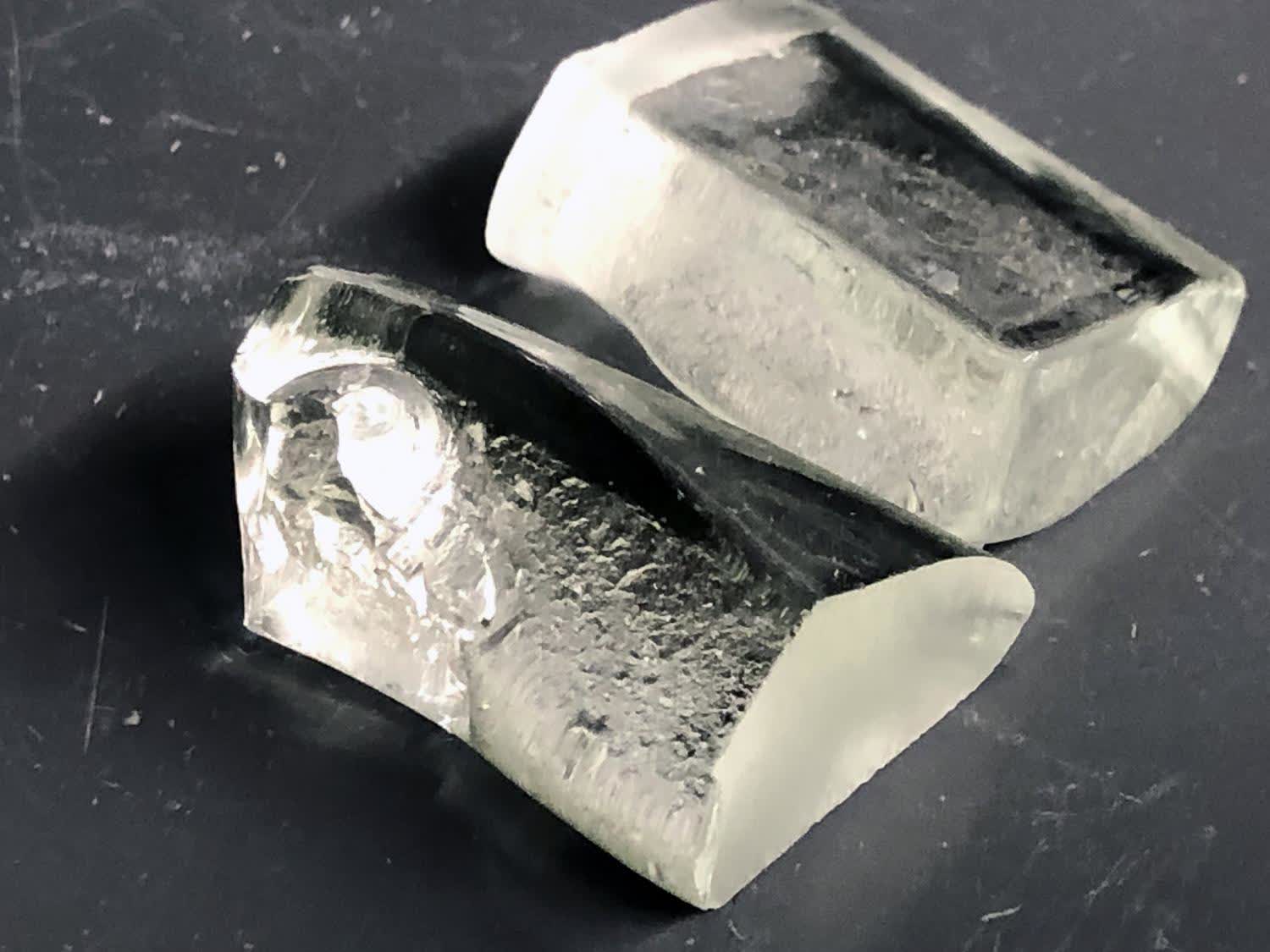In a nutshell: Researchers from Penn State have developed a new type of glass that cuts its carbon footprint in half and is far more durable. The creation, dubbed LionGlass, is named after the school's Nittany Lion mascot. The new glass eliminates the use of carbon-containing batch materials, said John Mauro, professor of materials science and engineering at Penn State and lead researcher on the project.
LionGlass also has a melting temperature that is about 300 to 400 degrees Celsius lower than conventional soda lime silicate glass, meaning far less energy is required to heat furnaces to melt it. According to Mauro, the lower melting point reduces energy consumption by nearly 30 percent which in turn significantly cuts CO2 emissions. It could also extend the lifetime of manufacturing furnaces.
Mauro knows a thing or two about glass. During his time at Corning, he helped invent / co-invent several types of commercial glass including Gorilla Glass products used in most modern mobile devices.

Penn State's LionGlass is also much stronger than traditional glass. In testing, some compositions would not crack even under the maximum load possible by their indention equipment (a one kilogram-force load from a Vickers diamond indenter). For comparison, standard soda lime glass cracks under a load of around 0.1 kilograms force.
"We kept increasing the weight on LionGlass until we reached the maximum load the equipment will allow," said Nick Clark, a postdoctoral fellow in Mauro's lab. "It simply would not crack."
Glass that is less susceptible to cracking could be beneficial across a range of applications including in the automotive, health care, architecture, electronics, and communications industries. LionGlass could also allow manufacturers to reduce the thickness of glass, resulting in lighter-weight products with similar levels of damage resistance or similarly thick products with much more durability.
The researchers have already filed a patent for their creation as a first step to commercial availability, and are now in the process of exposing different compositions to various chemicals to see how the glass reacts. Results from these tests will help the team better understand how LionGlass could be used in the real world.
Image credit: Tom Van Dyck
